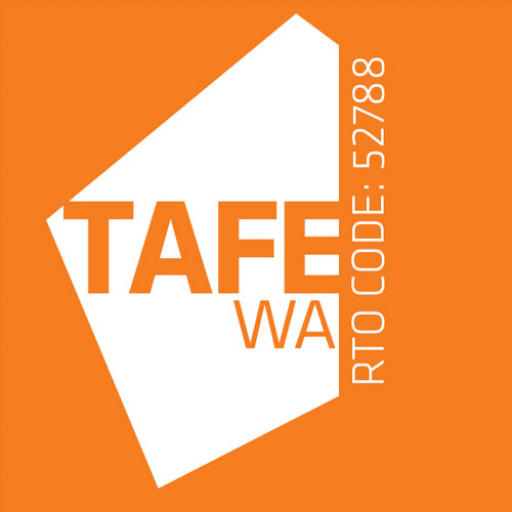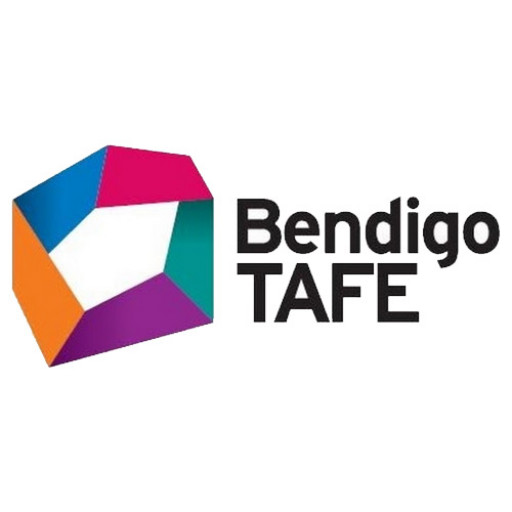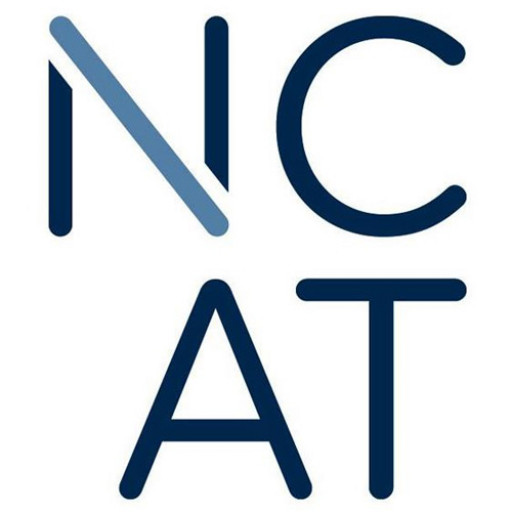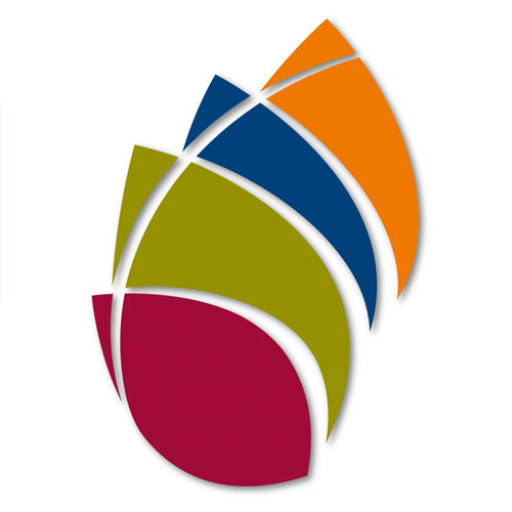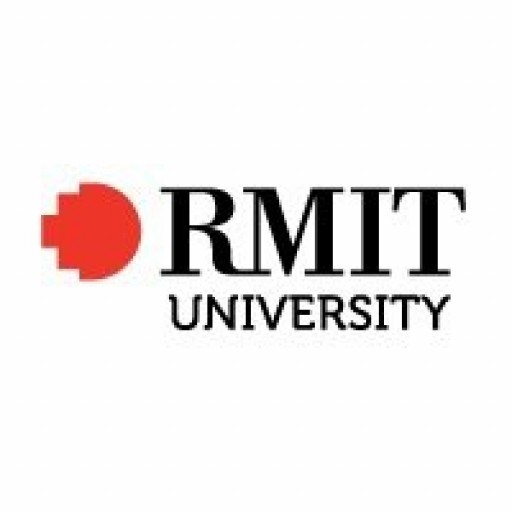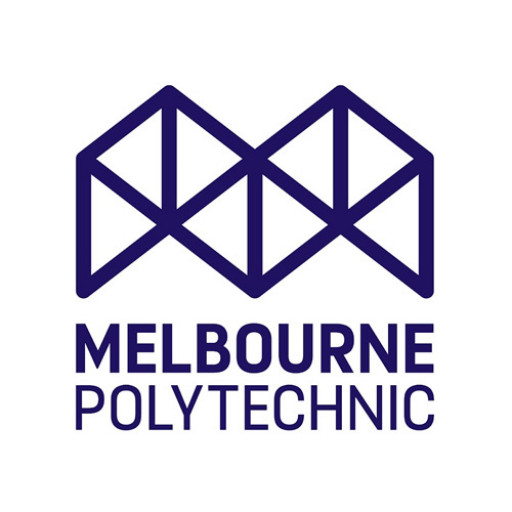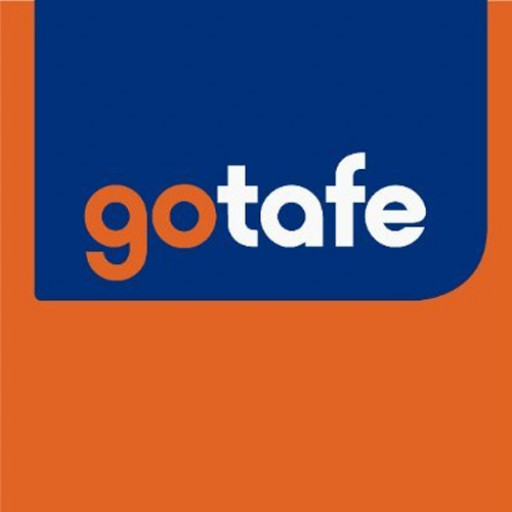The Visual Arts program at North Regional TAFE offers a comprehensive pathway for students passionate about exploring and developing their skills in various artistic disciplines. Designed to foster creativity, technical ability, and critical thinking, this program provides students with hands-on experience in painting, drawing, printmaking, sculpture, and mixed media art. Through a combination of practical workshops, theoretical studies, and curated projects, students will learn to communicate ideas visually and creatively while gaining a solid foundation in art principles and techniques. The curriculum emphasizes contemporary art practices and encourages experimentation, allowing students to explore their unique artistic voice. Throughout the course, students benefit from guidance by experienced instructors who are active practitioners in the arts community, providing valuable mentorship and industry insights. The program also integrates relevant digital tools and technologies, reflecting modern trends in the visual arts field. As part of their training, students have access to state-of-the-art facilities, including specialized studios and creative spaces, designed to support diverse artistic endeavors. Upon completion, graduates will be equipped with the skills and confidence to pursue further studies in arts-related fields, or to enter the creative industries as professional artists, illustrators, designers, or art educators. The Visual Arts program at North Regional TAFE aims to nurture innovative thinking, technical mastery, and an understanding of contemporary art contexts, preparing students for a dynamic and evolving artistic landscape.
The Visual Arts program at North Regional TAFE offers students a comprehensive and hands-on education in various artistic disciplines, preparing them for a dynamic career in the creative industry. This program covers a wide range of art forms, including painting, drawing, sculpture, printmaking, mixed media, and digital arts, providing students with the opportunity to explore and develop their individual artistic style. Throughout the course, students engage in practical projects, workshops, and studio-based learning, which foster creative expression, technical skills, and critical thinking.
The curriculum is designed to build a strong foundation in artistic principles, including composition, colour theory, perspective, and visual communication. Students learn to operate a variety of traditional and contemporary art tools and media, gaining confidence in both manual and digital techniques. The program emphasizes the importance of originality and innovation, encouraging students to experiment and push boundaries in their artwork.
In addition to technical skills, students develop key professional skills such as project management, presentation, and self-promotion, which are essential for success in the arts industry. The program also includes opportunities for industry engagement through exhibitions, internships, and collaborations with local art communities, providing valuable real-world experience. Students are supported by experienced instructors who are active practitioners in their fields, offering mentorship and feedback throughout their studies.
Graduates of the Visual Arts program are well-equipped to pursue further study at higher education institutions or to enter the workforce as independent artists, illustrators, art teachers, or gallery assistants. The program’s focus on both creative excellence and professional development ensures students are prepared to contribute meaningfully to the vibrant arts scene in Western Australia and beyond. Whether you are an aspiring artist seeking to refine your skills or someone looking to integrate artistic practice into your career, this program offers an inspiring environment to grow and succeed in the visual arts industry.
Program requirements for the Visual Arts course at North Regional TAFE include a combination of theoretical knowledge and practical skills designed to prepare students for careers in the arts industry. Prospective students are generally expected to have a minimum educational background equivalent to Australian Year 12 or relevant work experience in the arts field. The program emphasizes developing competencies in various artistic disciplines such as drawing, painting, sculpture, digital arts, and printmaking. Students are required to complete a series of compulsory core units that cover fundamental art principles, including colour theory, composition, and visual communication. In addition, there is an emphasis on developing practical skills through hands-on projects and studio work, which are assessed through ongoing portfolio reviews and practical examinations. The program also encourages the exploration of contemporary art practices and critical studying of art history, fostering a well-rounded understanding of the visual arts landscape. Enrollment may require submission of a portfolio demonstrating prior work or artistic abilities to assess aptitude and creative potential. Certain modules may include field trips, guest lectures from practicing artists, and opportunities for community engagement through exhibitions and collaborative projects. Students are expected to demonstrate dedication, creativity, and an ability to critique and reflect on their work and the work of others. As part of the program, students will learn about the professional and entrepreneurial aspects of an art career, including marketing, exhibition organization, and digital technologies used in today's art industry. Successful completion of the course may lead to pathways into higher education, such as diploma or bachelor level programs, or direct entry into the creative industries. The program aims to foster individual artistic growth while equipping students with the practical skills necessary for employment or further study. Overall, applicants should be passionate about the arts and committed to developing their artistic practice through rigorous coursework and experiential learning opportunities offered throughout the program.
The Visual Arts program at North Regional TAFE, TAFE WA offers a range of financial options to support students throughout their studies. Students enrolled in this program can access government-subsidized funding, which significantly reduces the cost of tuition for eligible applicants. The Australian government provides up-front or deferred payments through the VET Student Loan scheme, making education more accessible to a diverse student population. Additionally, students may be eligible for Commonwealth Scholarships, state-based study grants, or vouchers that assist with the costs associated with materials and supplies necessary for practical coursework. North Regional TAFE also offers financial assistance programs for Indigenous students and those experiencing financial hardship, ensuring equitable access to quality education.
Students are encouraged to explore payment plans that allow for manageable installment payments, reducing immediate financial burden. There are also options for private study loans through external financial institutions, although students should carefully review the terms and interest rates involved. The institution provides guidance and advice on all available funding options during the enrollment process, helping students understand eligibility criteria and application procedures. International students or those not eligible for government assistance are responsible for covering full tuition fees, which are payable upfront or through mutually agreed payment arrangements.
Furthermore, students can access external scholarship opportunities offered by industry partners, community organizations, or philanthropic foundations aimed at supporting aspiring artists. These scholarships often recognize talent, innovation, or community engagement and can significantly offset the cost of study. In some cases, students may also seek part-time employment opportunities through the college’s industry connections or local community networks to supplement their income while studying.
Overall, the financing of the Visual Arts program at North Regional TAFE encompasses a comprehensive mix of government funding, scholarships, grants, flexible payment options, and external financial support schemes, designed to make arts education more attainable and to enable students to focus on developing their creative skills without undue financial stress.
The Visual Arts program at North Regional TAFE offers students comprehensive training and hands-on experience in various creative disciplines within the field of visual arts. This program is designed to develop students' artistic skills, critical thinking, and understanding of art practices, preparing them for careers in the arts, design, or further study. The curriculum covers a wide range of topics, including drawing, painting, sculpture, digital media, and art history, providing a well-rounded education in both traditional and contemporary art techniques.
Throughout the program, students have access to state-of-the-art facilities and equipment, allowing them to experiment with different mediums and develop their personal artistic style. The program emphasizes practical skills development through studio-based projects, alongside theoretical learning to deepen understanding of art concepts and visual communication. Students are encouraged to explore their creativity and cultural awareness, often engaging in collaborative projects and community arts initiatives.
In addition to technical skills, the program aims to foster critical analysis and effective communication about art, enabling graduates to articulate their ideas confidently. The program may include opportunities for exhibition and presentation of student works, offering real-world experience in showcasing art to the public. Graduates of the Visual Arts program can pursue careers as professional artists, illustrators, graphic designers, art therapists, or continue their education at higher levels, such as tertiary art programs.
The program is suitable for individuals passionate about art and looking to develop their skills in a supportive environment. It typically involves a combination of practical workshops, lectures, tutorials, and independent studio practice. Entry requirements may vary, but a strong interest in visual arts and a portfolio demonstrating artistic potential are usually necessary. The program aims to inspire creativity, critical thinking, and lifelong engagement with the arts, making it an ideal choice for aspiring artists and visual communicators seeking to develop their talents and contribute to the cultural landscape.
